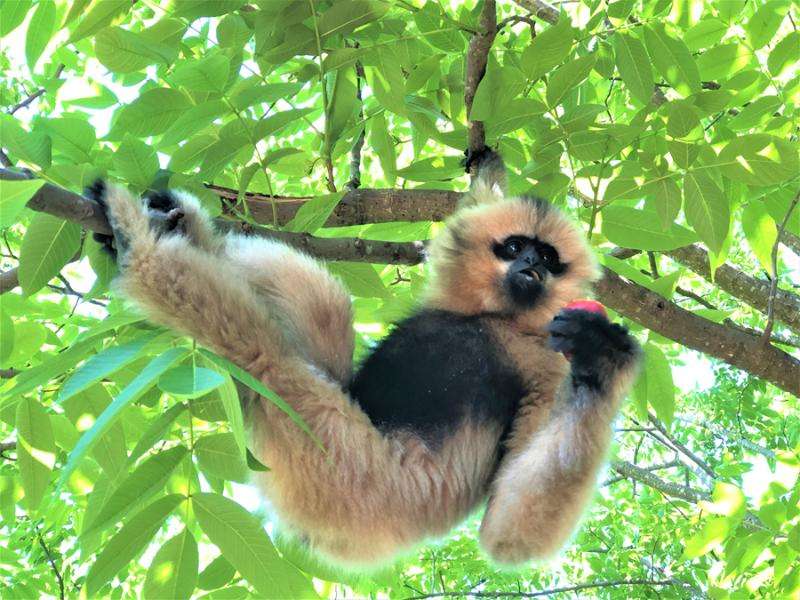
Nomascus nasutus
vượn cao vít, vượn đen, Cao-vit Gibbon,Eastern black-crested gibbon, Indochinese gibbon
黑冠长臂猿外文名Cao-vit Crested Gibbon,共有4个亚种。黑冠长臂猿的活动领域比较···
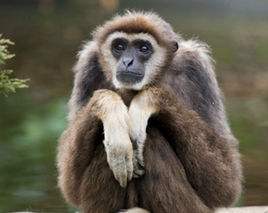
Hylobates lar
White-handed gibbon, Common gibbon
There are 5 subspecies of white-handed gibbons. Their hands and feet are whi···
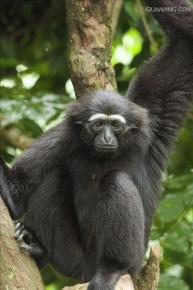
Hoolock
Hoolock gibbon, gibbon, call monkey, black monkey
Hoobrow gibbon is a larger type of gibbon.Hoobrow gibbon was once considered···
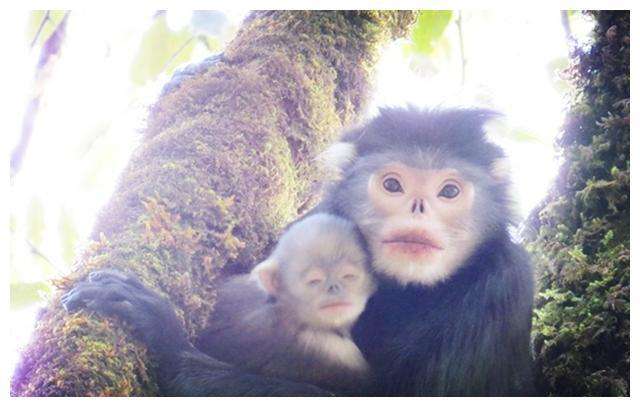
Rhinopithecus strykeri
Burmese snub-nosed monkey, Nujiang golden monkey, Myanmar golden monkey, black snub-nosed monkey
Nujiang golden monkey is also known as Myanmar Snub-nosed Monkey and Burmese···

Rhinopithecus brelichi
Rhinopithecus brelichi,Guizhou golden monkey, gray golden monkey, white-shouldered monkey, white-shouldered snub-nosed monkey, cow-tailed monkey, line marmoset
In Chinese history, the Guizhou golden monkey was called "Zongyi Beast&···
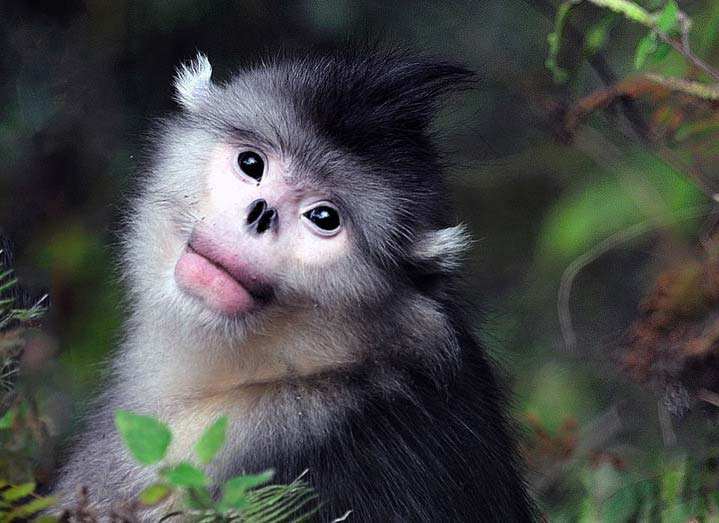
Rhinopithecus bieti
Black Snub-nosed Monkey,Yunnan golden monkey, Yunnan snub-nosed monkey
The Yunnan golden monkey is also known as the black snub-nosed monkey. It wa···
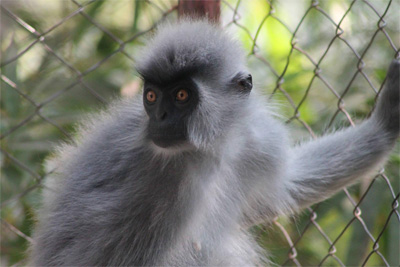
Shortridge’s Langur
Trachypithecus shortridgei, Xiao's black-winged monkey
Shortridge's Langur is a primate found in northeastern Kachin State, Mya···
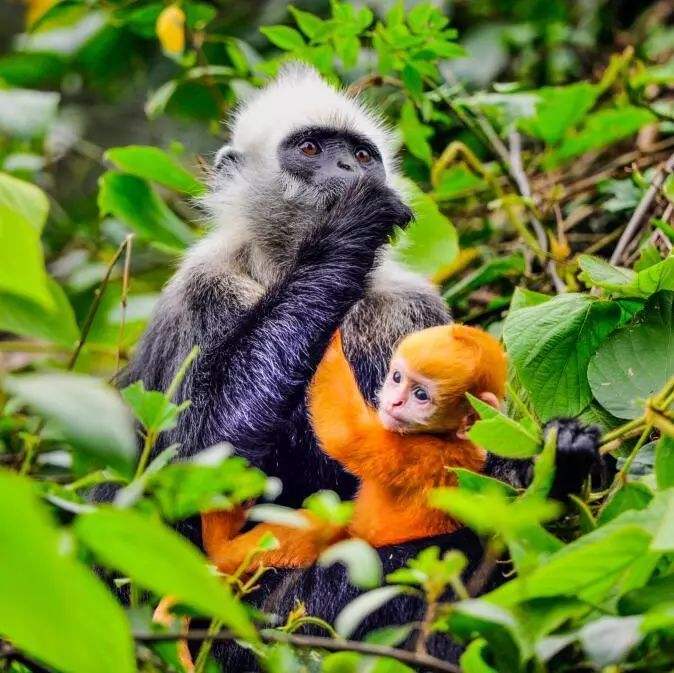
Trachypithecus poliocephalus
White-headed langur
The white-headed langur is named for its food of leaves and is a rare monkey···
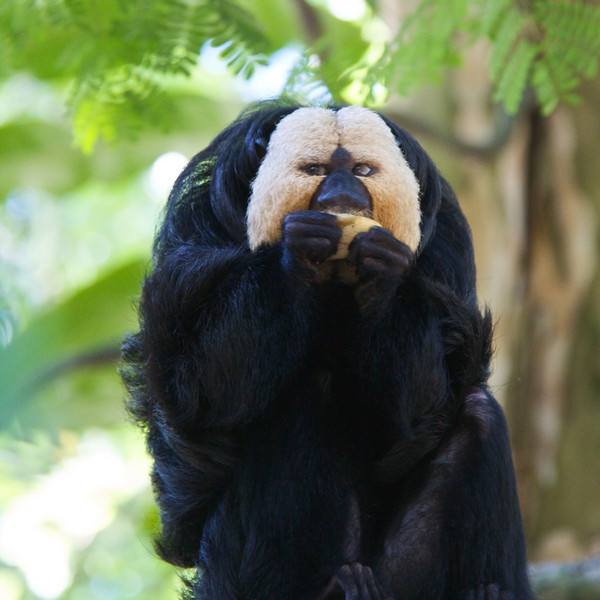
White-faced Saki monkey
Pithecia pithecia
The shiny tail of the white-faced Saki monkey is about 34 to 45 cm long, so ···
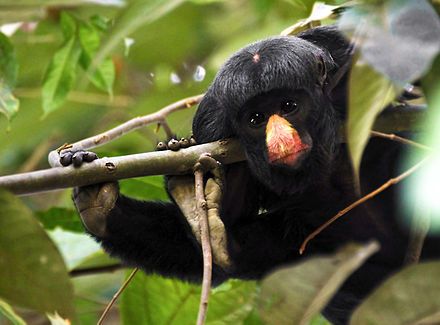
White-nosed Sakya
Chiropotes albinasus
The white-nosed saki is an endangered bush monkey found in the southeastern ···
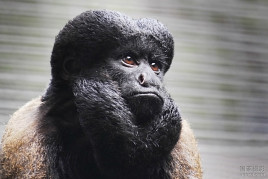
Black-beared saki
Chiropotes satanas
The black-bearded saki is a species of the Capuchin family, Saki genus.The S···
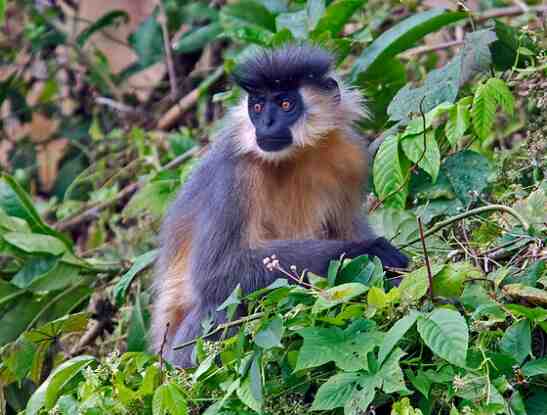
Trachypithecus pileatus
Capped Langur, Hooded leaf monkey
There are 4 subspecies of the hooded langur, with different fur colors. The ···
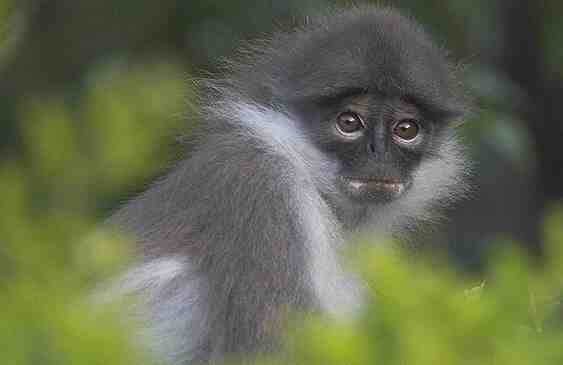
Trachypithecus phayrei
Phayre’s langur, Gray monkey, long-tailed monkey, Philippine leaf monkey, French leaf monkey
Philippine leaf monkeys are typical arboreal leaf monkeys in tropical and su···
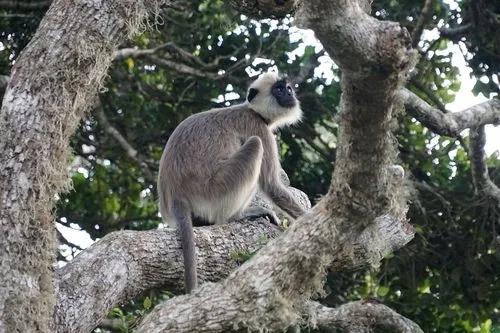
Semnopithecus schistaceus
Nepal Gray Langur, Himalayan gray langur, Long-tailed langur
The Himalayan Gray Langur, also known as Nepal Gray Langur, was once a subsp···
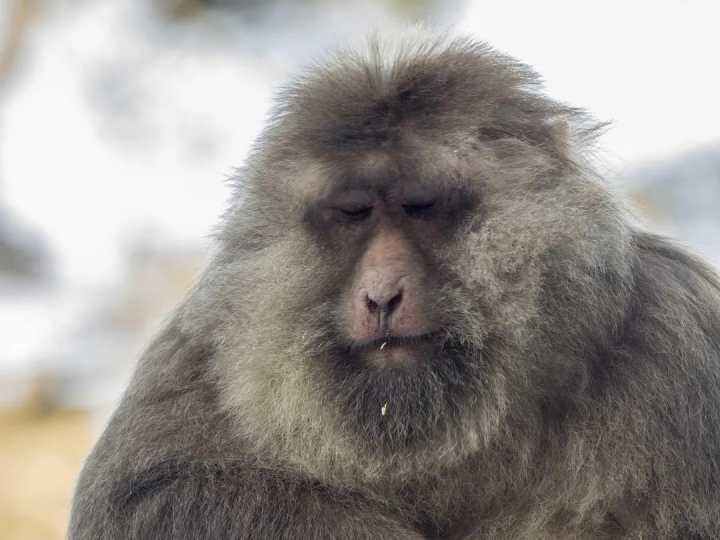
Macaca thibetana
Milne-edwards’ Macaque
The Tibetan macaque is a species endemic to China and is also the largest sp···
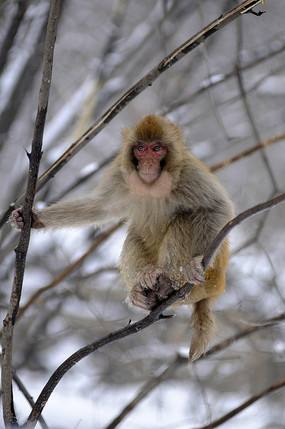
Macaca
Macaca mulana,Macaque, monkey, yellow monkey, rhesus monkey, old green monkey, Guangxi monkey
Macaques are the most common monkeys in nature, with 10 subspecies.Like the ···
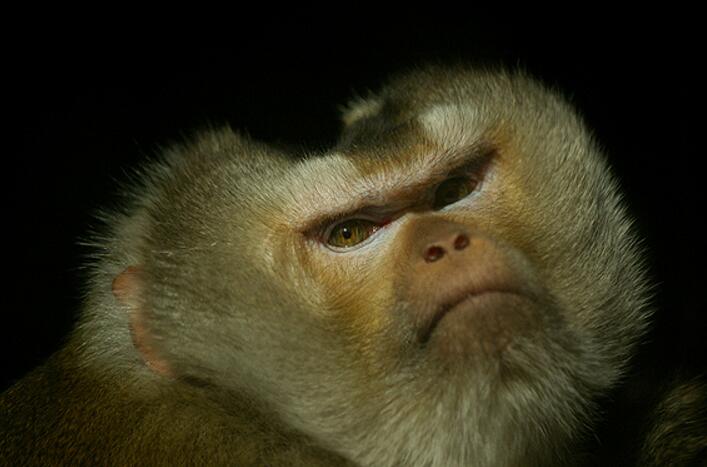
Macaca leonina
dolphin-tailed monkey, flat-topped monkey, pig-tailed monkey, pig-tailed monkey
The northern pig-tailed macaque is a species of macaque, slightly smaller th···
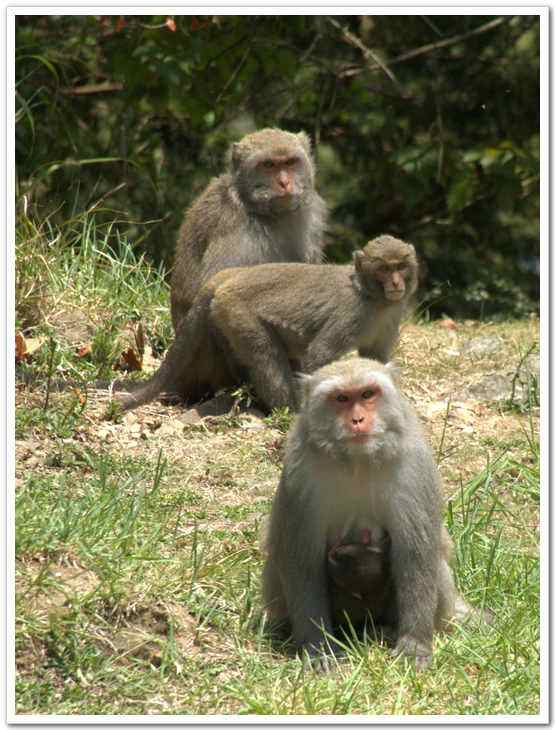
Macaca cyclopis
Macaca cyclopis Swinhoe,Formosan macaque, black-limbed monkey, rock-dwelling macaque
The Formosan monkey is endemic to China.The Formosan monkey is similar to th···
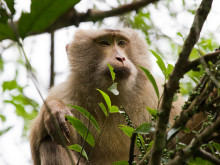
Macaca assamensis
Assamese Macaque,Bear monkey, Rong monkey, Assam monkey, mountain macaque, Himalayan monkey, Assam short-tailed monkey, big green monkey
The bear monkey is endemic to the Himalayas and Indochina. It looks very sim···
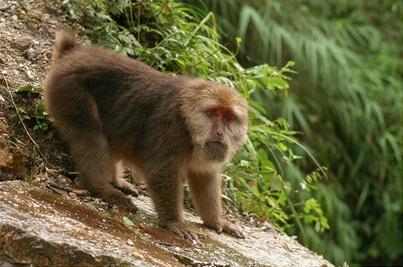
Macaca arctoides
Stumptail Macaque,Short-tailed monkey, red-faced monkey, pile-tailed monkey, human bear,big green monkey
The macaque is a larger species of macaque that is endemic to South and Sout···

Nycticebus pygmaeus
pygmy loris,Xanthonycticebus pygmaeus,Little slow loris,wind monkey, little wind monkey
The pygmy slow loris is the smallest prosimian species in China. It is very ···
